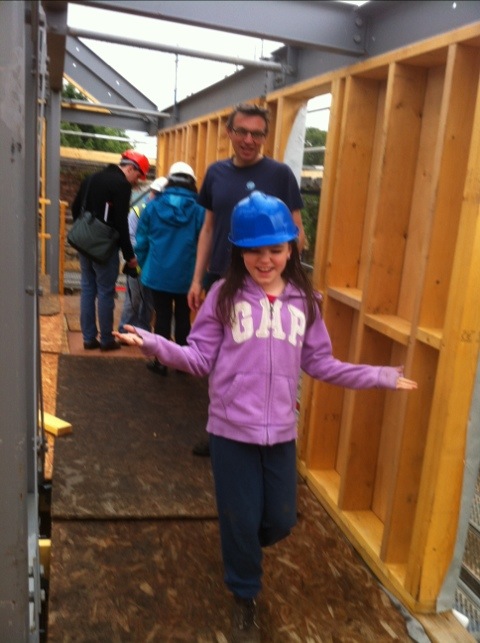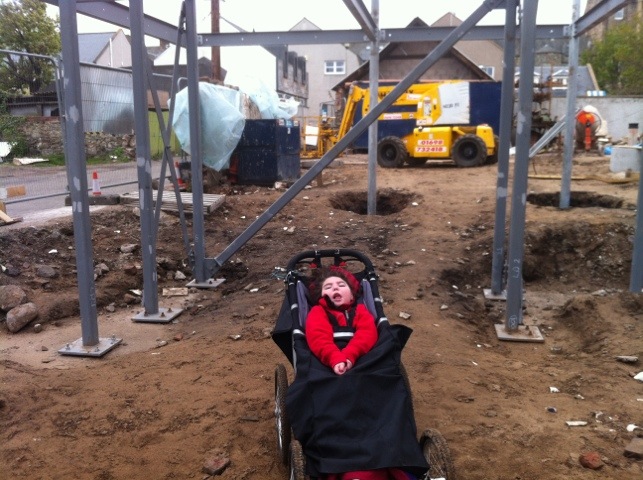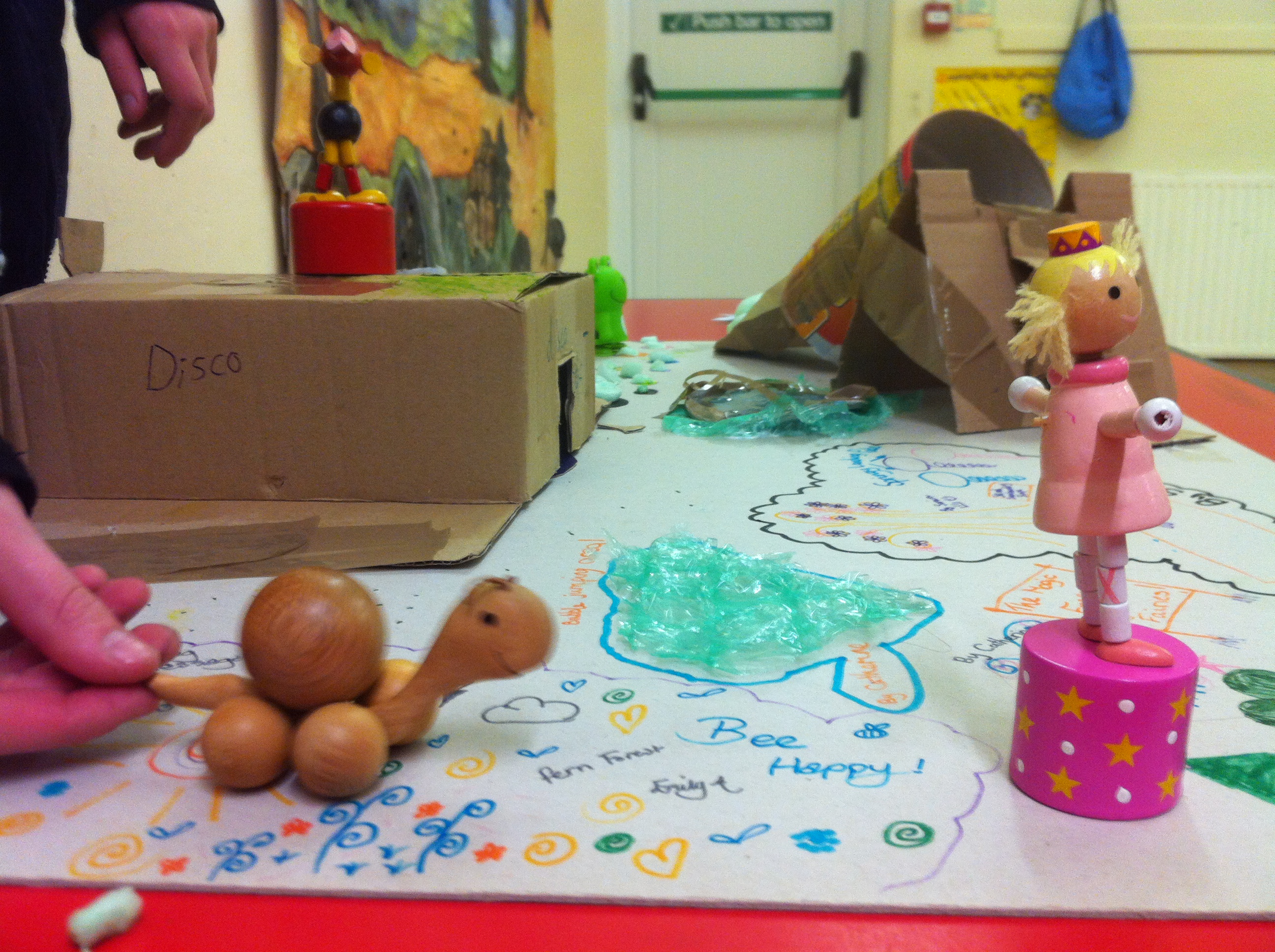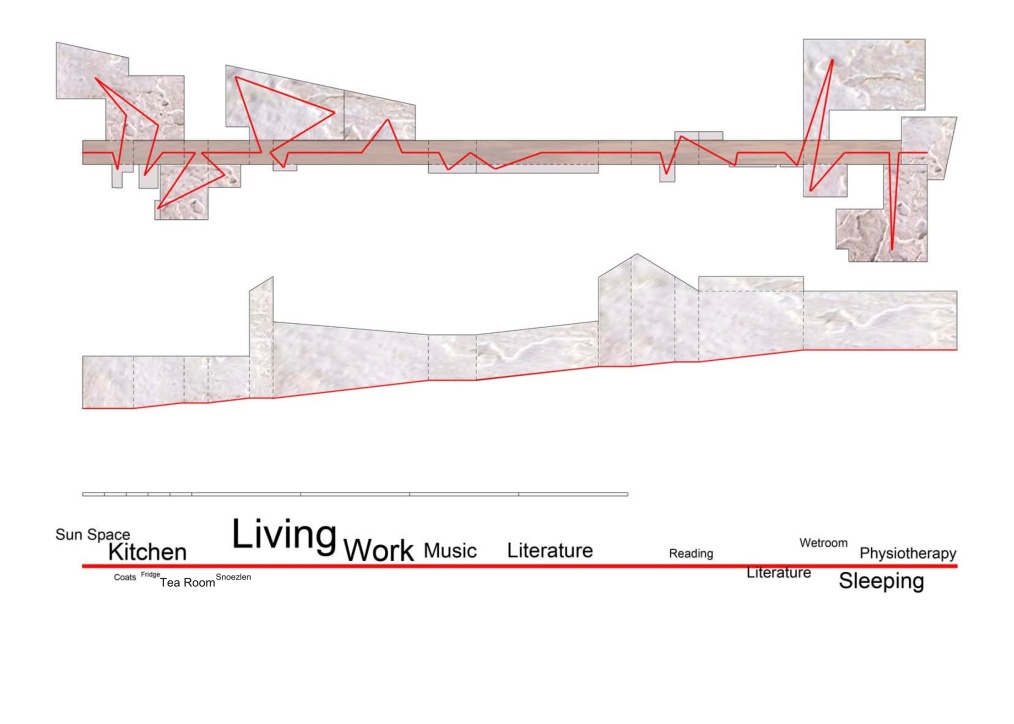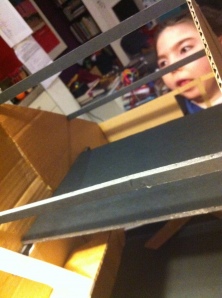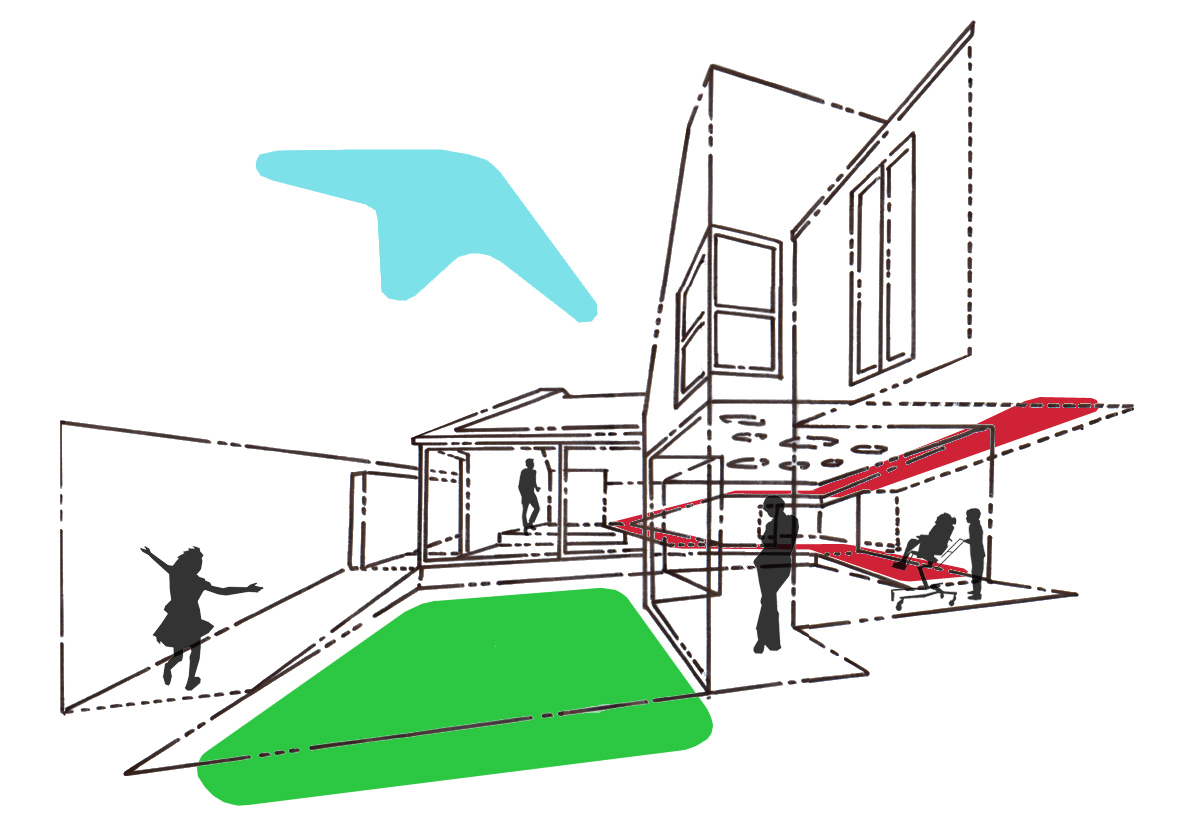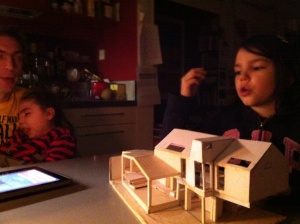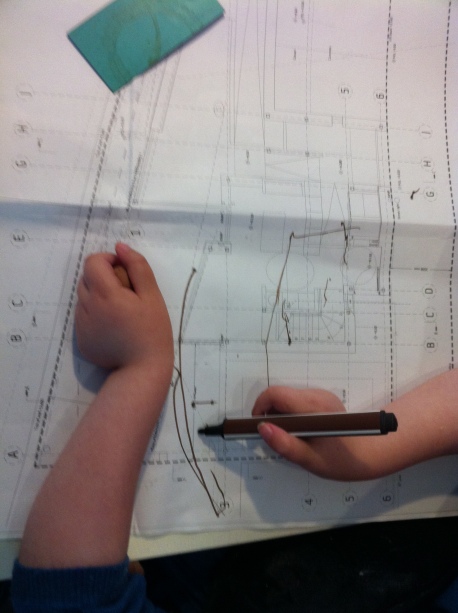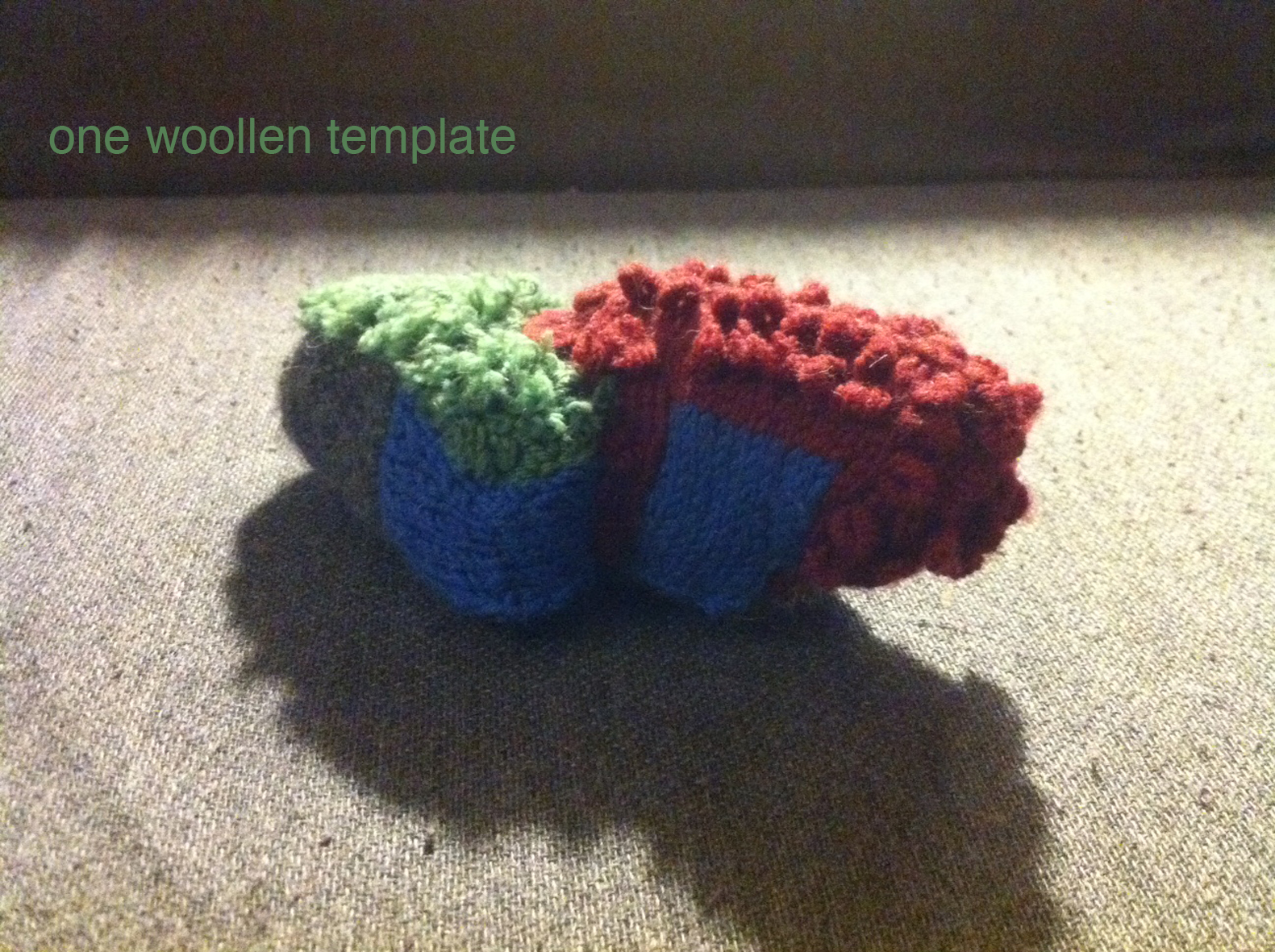Thanks to a temporary ramp, Greta can now get into her new room on the first floor! Whilst the build is racing on everyday (regardless of all the rain) I am spending most of my time sourcing and applying to charities for funding to help us build the house. Unfortunately, over a year ago our local council stopped funding extensions to make houses accessible, and are now only able to support a wet room and a ramp up to the front door. Quite how families are expected to carry on using their family homes, when they need to carry their ever heavier children upstairs daily, I’m not sure. As a family with a child with additional support needs, it can get very wearing to constantly focus on the difficulties of life: we like to celebrate and enjoy all the things, large and small, that we find Greta and our whole family able to do. So I don’t want to dwell on the lack of support that the Council is able to provide. But it does mean that I am having to be creative in finding ways of funding this build (any suggestions welcome!). It is a really interesting process, and I am finding out about so many wonderful charities and foundations which have been set up, often due to people’s experiences, who provide so much help support and understanding for so many people. Unfortunately, a lot of charities don’t help with building adaptations: again I’m not sure why not, people’s homes are so important to them, and they need to work well in supporting and enabling them. It may seem as if we are in a very lucky situation of being able to build our own house, which we are, and we really appreciate all the support (and kind wishes) which we get from everyone we encounter; for us this is not only the best possibility, but the only possibility. To find a house in Portobello (where Greta is known and loved) which we could afford, and which we could then adapt to make it barrier-free would be impossible. Building from scratch gives us the chance to provide a house which will carry on supporting us as a family, and helping Greta’s growing independence into the future, but it also gives us the joy of seeing Greta enjoying the spaces of our home inclusively.
Whilst the build is racing on everyday (regardless of all the rain) I am spending most of my time sourcing and applying to charities for funding to help us build the house. Unfortunately, over a year ago our local council stopped funding extensions to make houses accessible, and are now only able to support a wet room and a ramp up to the front door. Quite how families are expected to carry on using their family homes, when they need to carry their ever heavier children upstairs daily, I’m not sure. As a family with a child with additional support needs, it can get very wearing to constantly focus on the difficulties of life: we like to celebrate and enjoy all the things, large and small, that we find Greta and our whole family able to do. So I don’t want to dwell on the lack of support that the Council is able to provide. But it does mean that I am having to be creative in finding ways of funding this build (any suggestions welcome!). It is a really interesting process, and I am finding out about so many wonderful charities and foundations which have been set up, often due to people’s experiences, who provide so much help support and understanding for so many people. Unfortunately, a lot of charities don’t help with building adaptations: again I’m not sure why not, people’s homes are so important to them, and they need to work well in supporting and enabling them. It may seem as if we are in a very lucky situation of being able to build our own house, which we are, and we really appreciate all the support (and kind wishes) which we get from everyone we encounter; for us this is not only the best possibility, but the only possibility. To find a house in Portobello (where Greta is known and loved) which we could afford, and which we could then adapt to make it barrier-free would be impossible. Building from scratch gives us the chance to provide a house which will carry on supporting us as a family, and helping Greta’s growing independence into the future, but it also gives us the joy of seeing Greta enjoying the spaces of our home inclusively.
Any suggestions of creative fund raising ideas, please comment below.



